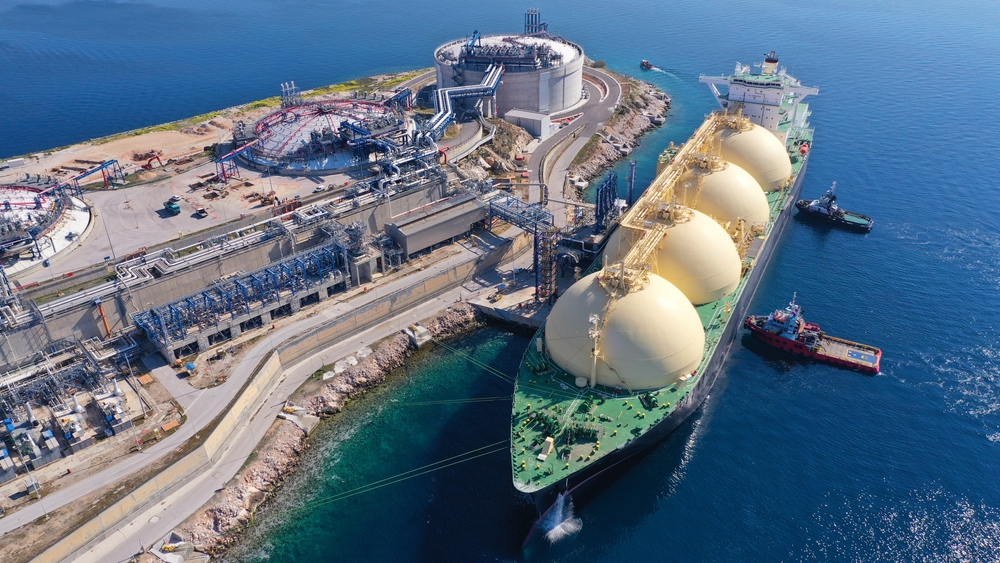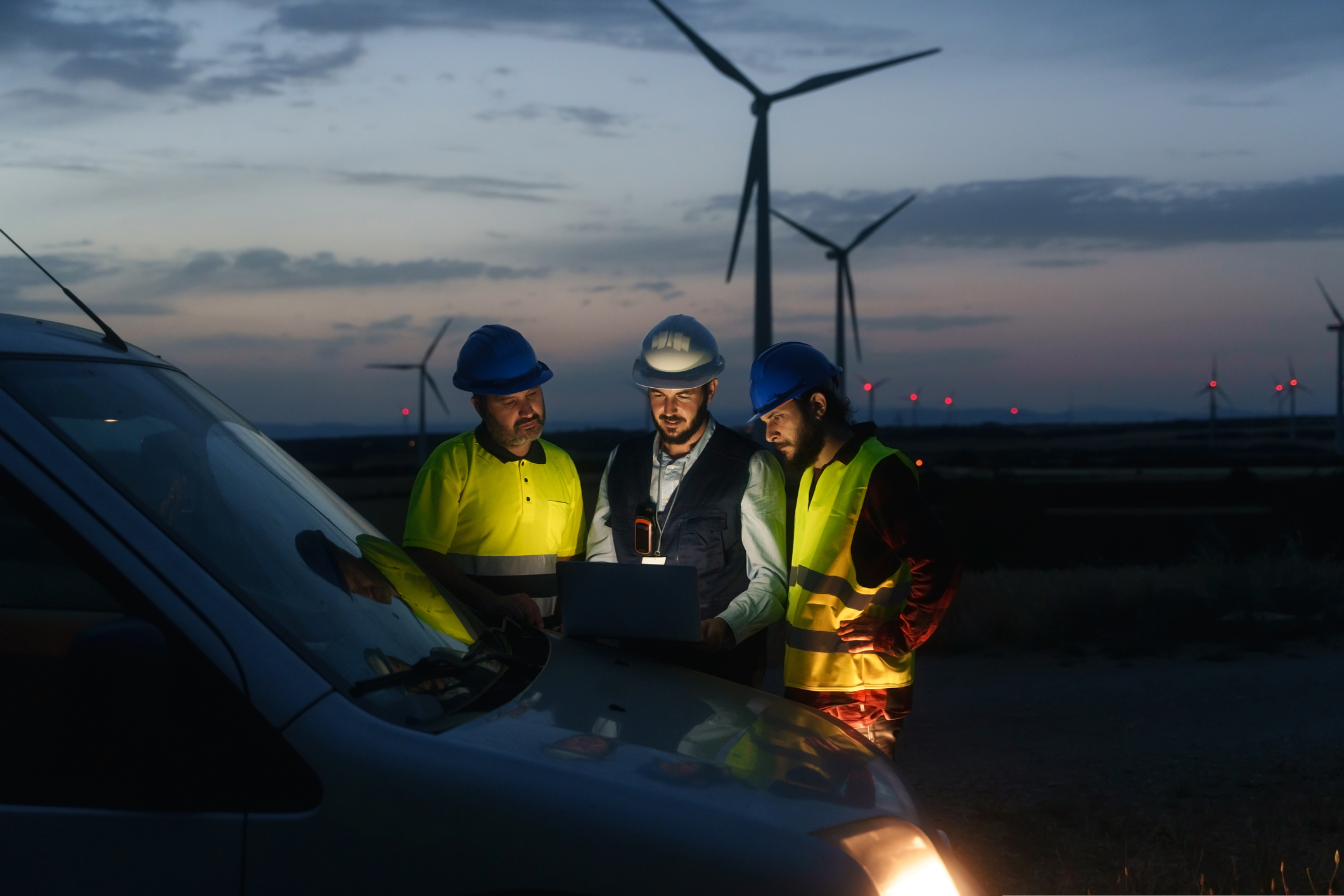The launch of the Very Fast FCAS markets on 9 October 2023, 1300 (market time) will add two new FCAS markets, “very fast” Raise Contingency FCAS, and “very fast” Lower Contingency FCAS. These markets will enable frequency control by providing full active power response within 2 seconds, as opposed to the existing 6 seconds with the “fast” services. With the ability to respond to changes in power supply and demand within a second, these markets will provide a much-needed boost to the resilience of the National Electricity Market (NEM). As we move towards a future increasingly powered by renewable energy sources, the importance of maintaining a stable and secure power supply becomes even greater.
However, not everyone is convinced that the introduction of Very Fast FCAS markets is a positive development. Some critics argue that the increased competition created by these markets could drive down prices, potentially leading to lower revenues for generators and less investment in new capacity. There are also fears that the faster response times required by Very Fast FCAS markets may introduce technical challenges and increase the risk of errors or failures in the system. Furthermore, some stakeholders worry that the introduction of Very Fast FCAS markets represents a case of “scope creep,” where changes to the Market Ancillary Services System (MASS) exceed the original intent of the review and encroach on other areas of the NEM.
Despite these concerns, many see the benefits of Very Fast FCAS markets outweighing the drawbacks. By preparing for these changes now, businesses can take advantage of the opportunities presented by a more responsive and agile power grid.
In addition, the Department of Climate Change, Energy, the Environment, and Water is currently seeking feedback on its proposed Renewable Electricity Guarantee of Origin (REGO) scheme, which was originally proposed in Q4 2022, and aims to provide a stable framework for investors in the renewable energy sector.
The REGO scheme builds upon the existing Large-scale Generation Certificate (LGC) model but includes several key improvements. Firstly, it allows for greater transparency in reporting Scope 2 electricity emissions, making it easier for companies to demonstrate their commitment to sustainability. Secondly, it provides a long-term vision for the integration of offshore energy generation, improved electricity storage solutions, and distributed energy resources. Finally, it enables policymakers to adapt to changing market conditions and implement new policies as needed.
Another important development in the NEM is the Australian Energy Market Commission’s (AEMC) draft report on the Retailer Reliability Obligation (RRO). The RRO was introduced in 2019 to address concerns about the reliability of the power grid as the NEM transitions away from traditional fossil fuel-based generation towards cleaner, more intermittent sources of energy. Under the RRO, retailers must hold sufficient supplies of reliable generation and demand management resources, such as battery storage, pumped hydro storage, and demand response mechanisms, to meet customer demand during periods of peak usage.
While the RRO has been successful in encouraging retailers to invest in reliable resources, certain issues remain that need to be addressed. For instance, the current triggers for the RRO can create perverse incentives for retailers to over-invest in expensive peaking generators rather than cheaper, more efficient alternatives. Additionally, there are concerns that the RRO does not adequately account for the variability of renewable energy sources, leading to unnecessary expenditure on backup generation.
To address these problems, the AEMC’s draft report proposes several changes to the RRO. One suggestion is to replace the existing T-1 trigger, which is based solely on forecast demand, with a hybrid trigger that takes into consideration both forecast demand and actual supply. This change should help prevent situations where retailers are incentivised to overspend on backup generation due to overly conservative demand forecasts. Other recommended adjustments include allowing retailers to use non-generation sources of supply, such as demand response, to meet their obligations, and introducing an explicit mechanism for determining the reliability standard. Feedback on the draft is due by 2 November 2023, with the final report expected to be released in February 2024.
Overall, the launch of the Very Fast FCAS markets, the development of the REGO scheme, and the proposed modifications to the RRO form part of a broader effort to create a more reliable, resilient, and sustainable power grid for all Australians. While there may be disagreement around the specifics of each proposal, few dispute the urgent need for reform if we are to achieve our climate goals while keeping the lights on and the economy humming.



